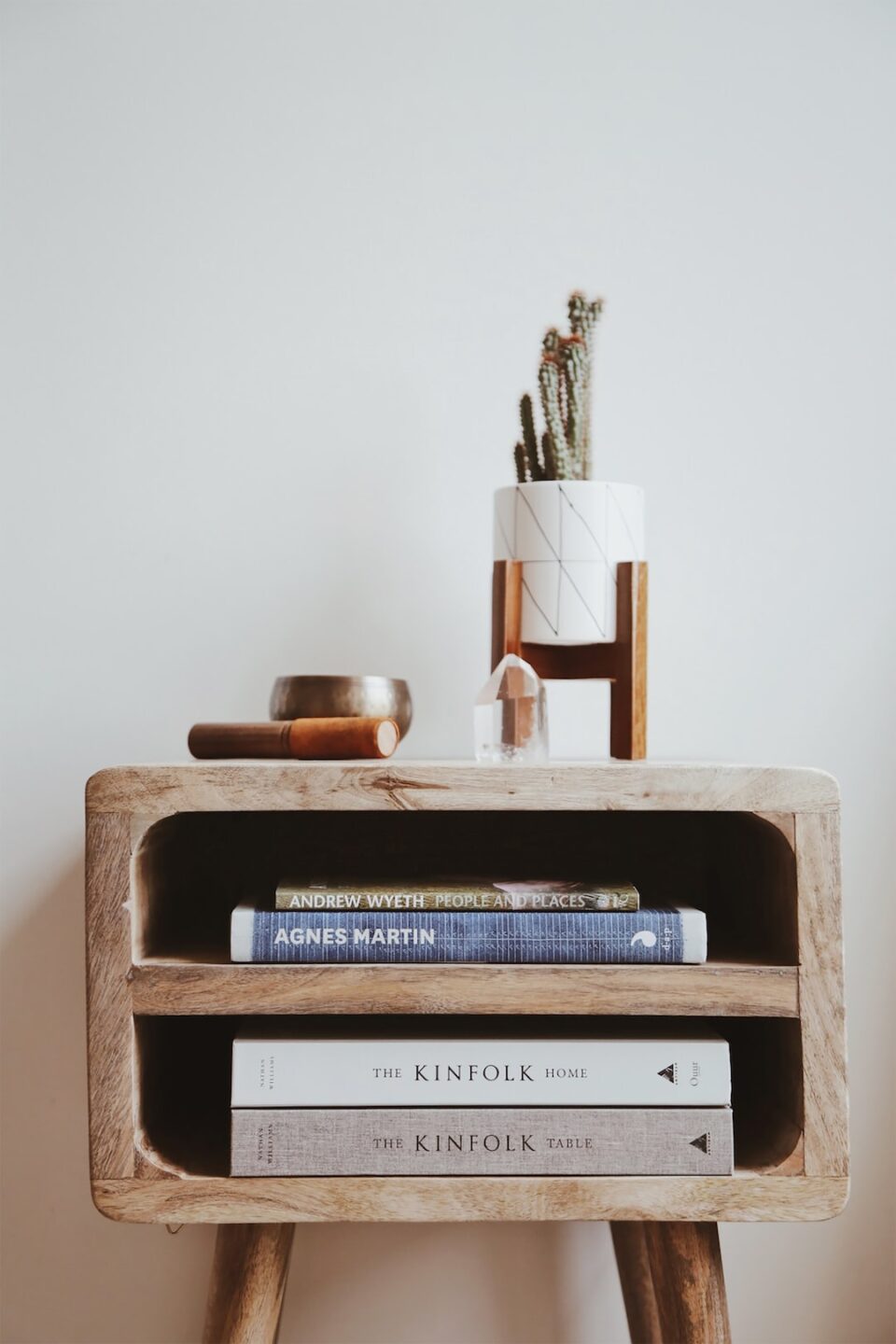Painting the interior walls of your home can be a fun and exciting project, but it can also be overwhelming if you don’t know where to start. It’s essential to have the right tools and techniques to achieve a professional-looking finish. In this post, we’ll share some tips for painting interior walls like a pro.
1. Choose the right paint
The first step in any painting project is selecting the right paint. It is important to consider the type of room you are painting, as well as the lighting and the existing colors of furnishings and fixtures. For example, a light-colored room may benefit from a light or neutral color that will make the space appear brighter, while a darker room may benefit from a bolder color to make the space feel more vibrant.
In addition to color selection, there are also different finishes of paint to consider. Matte or flat paints do not reflect light and can be used to hide imperfections in the walls, while glossier finishes can be easier to clean and may provide a more reflective quality to a room.
2. Prep the walls
Before starting to paint, it is crucial to properly prepare the walls. This includes cleaning and repairing any imperfections such as cracks or holes. Use a putty knife to patch any small holes, sand them down and wipe away any dust. For larger holes, use a mesh patch and compound to fill the hole. Once the compound is dry, sand it down until smooth. Use a cleaner to rid of any dirt, grease, or stains on the walls. Lastly, use painter’s tape to tape off any trim, ceilings, or doorways- this will help keep you within the lines.
3. Prime the walls
Priming serves as a base coat for the paint and can help hide imperfections, provide an even surface for the paint to stick to, and can help the paint last longer. Using a primer ensures that the paint will adhere properly and not be affected by any stains or discolored areas on the wall. Be sure to check with the retailer to determine if the paint you selected requires priming.
4. Invest in good quality tools
Investing in high-quality painting tools can make a significant difference in the outcome of your project. Good quality brushes provide smoother and more even coverage, while poor quality brushes can leave streaks and drop hairs.
It is important to choose the right roller for the job. For example, you should use a smaller roller for smaller spaces such as corners, while a larger roller can be used for larger spaces.
5. Use the right technique
There are different techniques to use when painting, depending on the surface being painted. For example, when painting a ceiling, it’s best to work in small sections and roll the paint in one direction for a smoother finish.
When painting walls, use a “W” motion- start by rolling the paint onto the wall, then use a W shape to distribute the paint evenly before rolling up and down. Complete this method on a small portion of the wall and rinse the roller off. Repeat the process on another small section until you’ve covered the entire wall.
6. Be patient
It is vital to stay patient while painting. Take your time and avoid rushing through the job. Give each coat of paint enough time to dry before applying another layer, which is usually 2-4 hours. If you start applying another coat before the first is fully dried, it can cause the paint to crack, bubble, or roll.
7. Create a plan
Before you even begin, create a plan. For example, you may want to complete one room at a time, starting with the ceiling, then the walls, and finally the trim.
Keep in mind that painting can be messy, so prepare accordingly. Cover any floors or furniture with a drop cloth to prevent any paint drips or spills from ruining your flooring. Make sure there is good ventilation and wear appropriate clothing such as old clothes, shoes, and gloves.
In conclusion, painting interior walls doesn’t have to be an intimidating task. With the right paint, tools, and techniques, you can achieve a professional-looking finish. Don’t rush, invest in high-quality tools, and take your time, and most importantly, enjoy the process. Happy painting!

